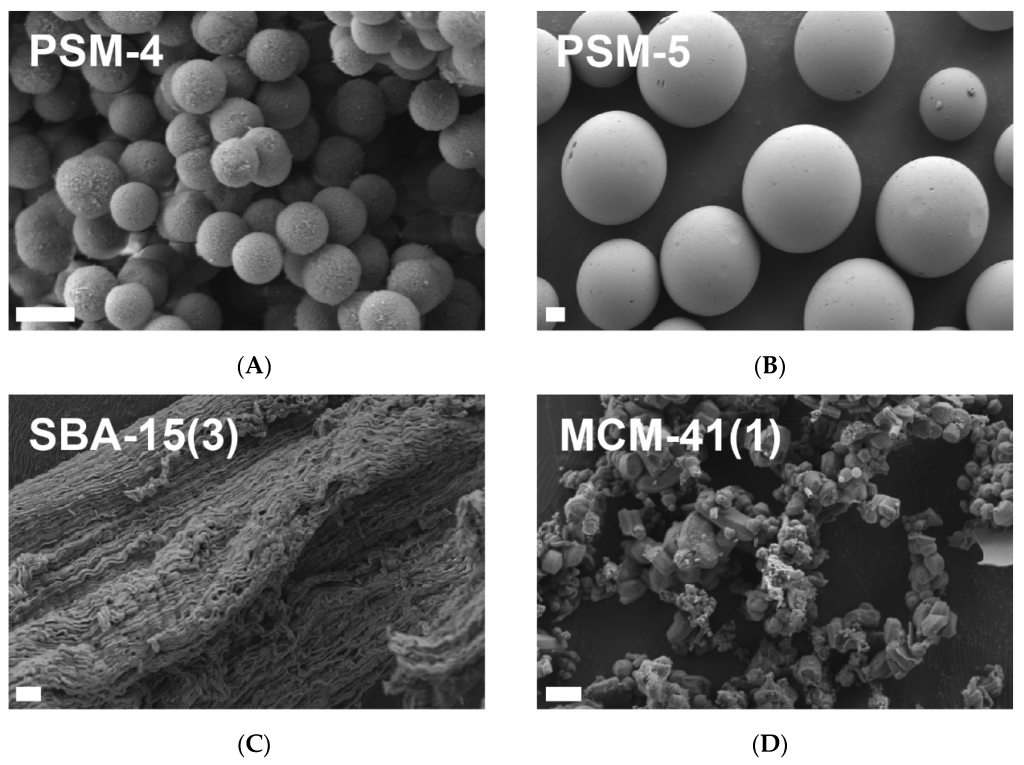
Eating Sand-like Material Could Help You Lose Weight
MDPI research is always coming up with new ways to improve public health. And now, a new research study published in Pharmaceutics suggests consuming porous silica, or eating sand-like material, to treat obesity.
The dangers of obesity
Obesity has been a global health issue for several decades, with rates having almost tripled since 1975.
The problems associated with being overweight and obese are well known.
Heart disease, stroke, high blood pressure, and cancer are all possible outcomes of carrying a lot of extra weight.
It’s therefore crucial that we find a solution, or a range of them, to improve quality of life and life expectancy.
But, how could eating sand-like substances help?
What is porous silica, used in the ‘eating sand’ study?

Porous silica is a porous colloid biomaterial. It is made of purified sand, and is full of pores, also known as voids. These pores are suitable for storage. Notably, they can be filled with macronutrients.
What did the ‘eating sand’ study find?
The experiment used an in vitro digestion model. This took place outside of the body, in a glass container.
In essence, they mixed various chemicals together, mimicking how the stomach works.
First, the researchers gave the fake stomach a meal of high nutritional value.
Then, they introduced thirteen different silica samples. In brief, the stomach started eating sand-like particles.
Over the course of this process, the researchers monitored how the stomach, and silica, absorbed fats and carbs over time. The silica successfully absorbed them into their pores.
How would silica get into the body?
The study outlines that the sand would ‘act locally within the GI tract to limit energy intake’. The implication is that people would eat the sand.
However, the overall process of eating sand-like silica is thought to be somewhat painless.
Dr. Paul Joyce, the lead author of the study, explains, ‘Importantly, the gentle mechanism is expected to deliver clinically effective outcomes for weight loss, without adverse effects.’
This is rare when it comes to weight loss treatments, which often have unpleasant side effects, such as diarrhea and stomach pain.
How can future research guide us?
We need to do more research before this research can be implemented.
As stated by the authors, we need to ‘validate these findings in in vivo animal models of obesity’.
It’s all very well seeing if eating sand would work in a model of a stomach. But the next step is to put it into practice in an animal model. We need to make sure it is safe for use in humans.
It’s also not clear yet how silica would be disposed of once it has done its job.
The optimal amount of time it needs in the body and the potential risks are also unknown at this stage.
Future research can answer these important questions.
Eventually, if found to be safe and effective, porous silica could be used clinically. It has the potential to save and improve the lives of people around the world.
How to submit research
If you want to advance knowledge in this or another field, take a look at the full list of MDPI journals. With over 400 to choose from, there’s space for studies across the sciences and humanities.










